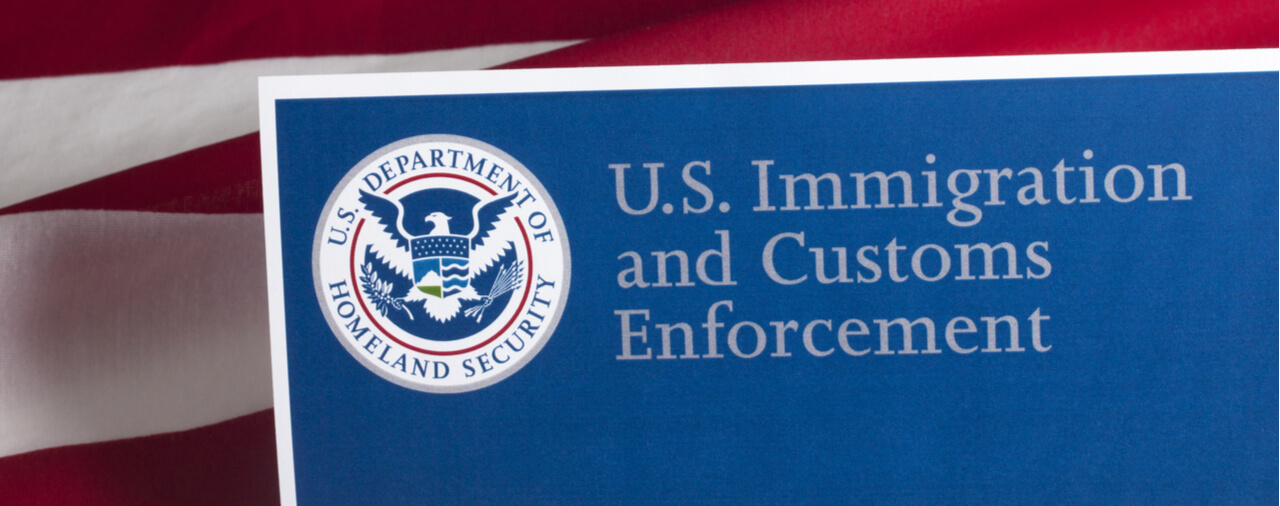Secure Communities - Well Meaning, But Overreaching
I typically post blog entries regarding decisions from the Board of Immigration Appeals (the “BIA”) and Court of Appeals. However, I recently read an article in Newsday by Victor Manuel Ramos entitled “LI leads state in undocumented-immigrant deportations” and wanted to take the opportunity to discuss the immigration enforcement program known as Secure Communities. This article discussed how the impact of Immigration and Customs Enforcement's (the “ICE”) Secure Communities program had in the State of New York. You can read the article by following this link: “LI leads state in undocumented-immigrant deportations” [link]
Secure Communities is a federal information sharing program that “checks fingerprints and personal data of all people facing criminal charges against a federal database that tracks immigrants sought by the federal government.” Ramos, Victor Manuel, “LI leads state in undocumented-immigrant deportations” (September 2, 2012). According to the 2008 congressional mandate, the purpose of secure Communities “is to expel 'criminal aliens', those who pose a threat to public safety and repeat immigration violators'.”
While very few would argue with the goal of Secure Communities, the problem is how the program has been implemented. Secure Communities has been criticized for being overbroad, “because it also snares those charged with minor criminal offenses.” Immigrant advocates argue many of the individuals removed are not a threat to public safety or repeat immigration violators. A significant flaw with the program is that an individual is flagged upon arrest, regardless of whether he or she has prior criminal history, before any determination of his or her guilt. As such, individuals who do not meet the enforcement goals behind Secure Communities can be subjected to removal/ deportation from the United States.
In addition, Secure Communities has the potential to “fracture immigrant community relations with police departments.” Undocumented immigrants' “fear of deportation keeps some crime victims and witnesses away from police, allowing criminals to prey on them.” Though police insist that crime victims and witnesses would not face inquiries regarding immigration status, fears will likely be exacerbated if the police are perceived as immigration enforcers.
ICE argues that Secure Communities is “an efficient and fair way to identify and prioritize cases that warrant deportation, replacing a haphazard approach where police would choose which cases were brought to the attention of federal authorities.” Secure Communities has “yielded more than 1 million matches that resulted in more than 212,000 deportations since it was launched in October 2008.” Not every immigrant located through Secure Communities is deported from the United States. According to ICE, the overwhelming majority of those detained through Secure Communities “had committed felonies or misdemeanors”, while others “had defied immigration court orders or returned illegally after deportation.” ICE contends only a small percentage of those detained and/or deported under Secure Communities solely for lacking valid immigration status.
Regardless of whether you agree with the Secure Communities program, its implementation has nonetheless had a significant impact on undocumented immigrants residing in the State of New York particularly in Nassau and Suffolk counties. The program went into effect in several counties throughout the State of New York on January 11, 2011. The Secure Communities program was expanded this year to include all counties within the State of New York including the City of New York. After eighteen (18) months of implementation, the use of the Secure Communities “program has led to 1,254 deportations.” Though encompassing only two (2) of the thirty-one (31) counties to initially participate in the Secure Communities, “Long Island accounted for nearly 44 percent of all immigrants removed from the state since Nassau and Suffolk started participation in February 2011.”

- Melsida Asatrian's blog
- Log in to post comments
